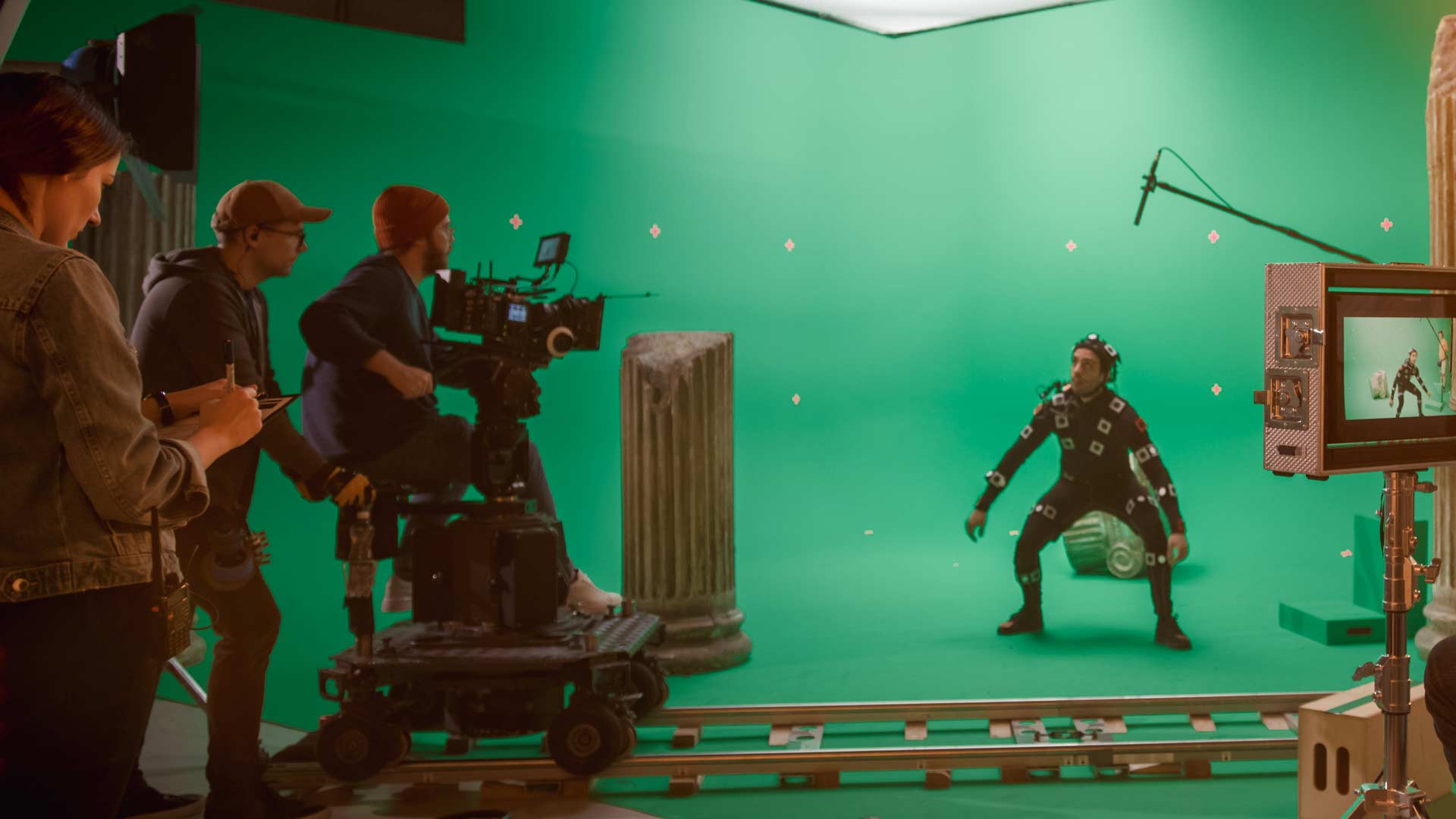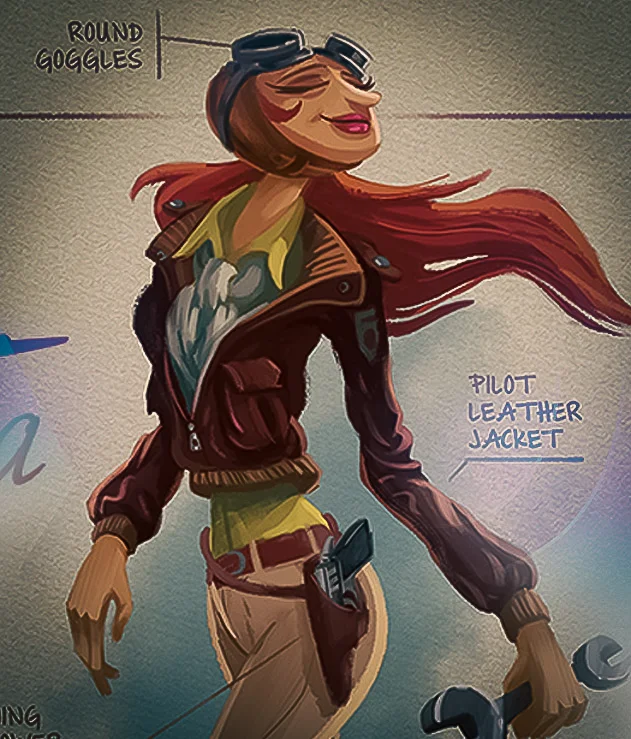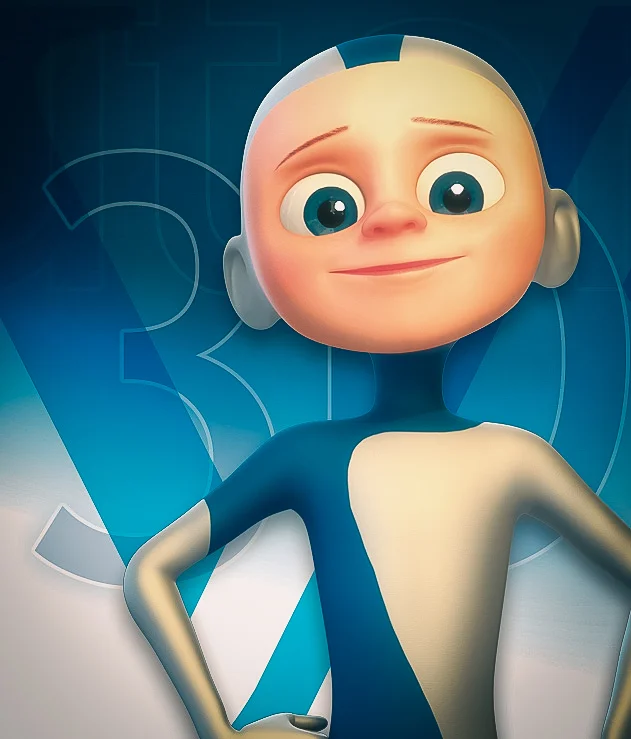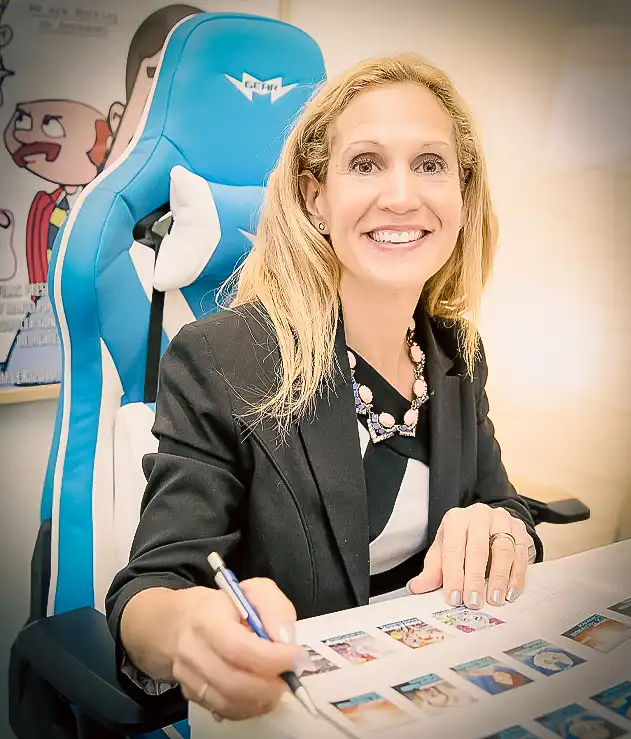 Image: Gorodenkoff (Adobe Stock)
Image: Gorodenkoff (Adobe Stock)
Author: VANAS
How Many People Work on an Animated Movie?
When we watch an animated movie, we are often so captivated by the story, characters, and stunning visuals that we may forget about the countless people who worked behind the scenes to bring the film to life.
The credits at the end of an animated movie are filled with names of talented individuals who have dedicated their skills and creativity to create something magical.
Stay at the End of the Movie to Watch the Titles
One of the best ways to appreciate the hard work that goes into an animated movie is by staying until the end to watch the credits. These credits not only give recognition to everyone involved but also provide insight into the sheer number of people it takes to complete a film. Watching the credits is like taking a peek behind the curtain to see the incredible team effort required to create an animated masterpiece. It's a great way to honor the artists, engineers, and countless other professionals who contribute to the magic of animation.
Roles in Art
The artistic side of animation is one of the most visible and essential aspects of the production process. Here are some of the key roles in the art department:
- Concept Artists: They create the initial visual ideas and designs for characters, environments, and props. Their work sets the visual tone and style for the movie.
- Storyboard Artists: These artists plan and draw the sequence of events in the film, much like a comic book. Storyboards help directors visualize the flow and timing of the movie.
- Character Designers: They develop the appearance, personality, and movement of each character, ensuring they are visually appealing and suitable for the story.
- Background Artists: These artists paint the backgrounds and settings where the action takes place, creating immersive and detailed environments.
- Animators: Animators bring characters to life through movement. They work on keyframes and in-between frames to create fluid and realistic animations.
- Texture Artists: They add details to the surfaces of 3D models, such as skin, fabric, and other materials, making them look realistic and tactile.
- Lighting Artists: These professionals design the lighting for each scene to enhance the mood and atmosphere of the film.
Roles in Engineering
While the artistic roles are crucial, the technical side of animation is equally important. Engineers and technical artists ensure that the artistic vision can be realized using the latest technology and software. Key engineering roles include:
- Software Developers: They create and maintain the software tools used by animators and artists. This includes everything from modeling and rendering software to specialized animation tools.
- Technical Directors: These professionals solve technical problems and optimize the production pipeline to ensure that everything runs smoothly. They work closely with both artists and engineers.
- Rigging Artists: They build the digital skeletons and controls that animators use to move characters and objects. Rigging is essential for creating believable character movements.
- Render Wranglers: These technicians manage the rendering process, where the final images are generated from 3D models. Rendering can be extremely resource-intensive, and render wranglers ensure it is done efficiently.
- Simulation Artists: They create realistic simulations for elements like hair, fur, cloth, and special effects like smoke and fire.
What, Are There Also Roles in Accounting?
Yes, accounting roles are essential in the production of an animated movie. Keeping track of the budget and managing finances is crucial to ensure the project stays on track. Key accounting roles include:
- Production Accountants: They handle the budget, track expenses, and ensure that the production stays within its financial constraints. They work closely with producers to manage the financial side of the project.
- Payroll Accountants: These professionals ensure that everyone involved in the production is paid accurately and on time. They manage salaries, overtime, and other compensation-related tasks.
- Financial Analysts: They analyze financial data to provide insights and forecasts, helping producers make informed decisions about the project's budget and resources.
Executive Roles
Executive roles involve overseeing the entire production process, from initial concept to final release. These individuals are responsible for ensuring that the project is completed on time, within budget, and to the highest possible standard. Key executive roles include:
- Producers: Producers are the driving force behind the movie. They manage the production from start to finish, coordinating between different departments and ensuring that the project meets its creative and financial goals.
- Directors: The director is the creative leader of the film. They guide the artistic vision, make key creative decisions, and work closely with the animation team to bring the story to life.
- Executive Producers: These individuals often provide the funding for the movie and may be involved in high-level decision-making. They ensure that the project aligns with the overall goals of the production company.
- Line Producers: They handle the day-to-day management of the production, ensuring that each department has the resources they need and that the project stays on schedule.
Special Thanks
In addition to the core team, many other individuals and organizations contribute to the success of an animated movie. These contributions are often acknowledged in the "Special Thanks" section of the credits. This can include:
- Voice Actors: Although they may not always be visible, voice actors play a crucial role in bringing characters to life with their performances.
- Consultants: Experts in various fields who provide advice and guidance on specific aspects of the production, such as cultural accuracy or technical details.
- Support Staff: Individuals who support the production team in various ways, from administrative assistants to IT support.
- Family and Friends: Often, the families and friends of the production team are thanked for their support and understanding during the demanding production process.
List of Some Key Roles in Animation
Here is a list of some of the key roles involved in creating an animated movie:
- Concept Artists
- Storyboard Artists
- Character Designers
- Background Artists
- Animators
- Texture Artists
- Lighting Artists
- Software Developers
- Technical Directors
- Rigging Artists
- Render Wranglers
- Simulation Artists
- Production Accountants
- Payroll Accountants
- Financial Analysts
- Producers
- Directors
- Executive Producers
- Line Producers
- Voice Actors
- Consultants
- Support Staff
Frequently Asked Questions (FAQs)
How many people typically work on an animated movie?
The number of people working on an animated movie can vary greatly depending on the project's size and complexity. However, it is not uncommon for hundreds of individuals to be involved in different stages of production.
What is the role of a producer in an animated movie?
Producers oversee the entire production process, manage budgets, coordinate between departments, and ensure that the project meets its creative and financial goals.
Do animators only draw characters?
Animators do much more than just draw characters. They create the movement and performance of characters, making them come to life in a believable way.
Why is rendering important in animation?
Rendering is the process of generating the final images from 3D models. It is a critical step that transforms the digital assets into the finished visuals seen on screen.
What does a technical director do in animation?
Technical directors solve technical problems, optimize the production pipeline, and ensure that the artistic vision can be achieved using the available technology.
Key Takeaways
- Team Effort: Creating an animated movie is a massive team effort involving hundreds of talented individuals across various departments.
- Artistic Roles: Key artistic roles include concept artists, storyboard artists, animators, and more, each contributing to the film's visual storytelling.
- Engineering Roles: Technical roles are crucial for developing and maintaining the software and tools needed for animation, including rigging artists and render wranglers.
- Accounting Roles: Financial management is essential, with production accountants and payroll accountants ensuring the project stays on budget.
- Executive Roles: Producers, directors, and executive producers oversee the entire production, ensuring the project meets its goals.
- Special Thanks: Many others contribute to the success of an animated movie, including voice actors, consultants, and support staff.
Creating an animated movie is a complex and collaborative process that requires a diverse team of professionals. Each person's contribution, whether in art, engineering, accounting, or executive roles, is crucial to bringing the story to life. By staying to watch the credits, we can appreciate the hard work and dedication that goes into making these incredible films.
VANAS Online Animation School offers Animation, Visual Effects, and Video Games programs at VANAS https://www.vanas.ca/ to launch your career. Whether you're an aspiring animator or a dedicated fan, pursuing your passion can lead to exciting and rewarding opportunities.







